|
February is Black History Month, so we want to share the stories of some of the Black residents of Saranac Lake throughout the years! Sadie Hall (pictured at right, with Gisele Vicino) owned the Hall Cottage on Margaret Street with her husband Bill. It was possibly one of the cure cottages in Saranac Lake that catered only to Black patients. While Black patients could stay at some of the integrated sanatoria and cure cottages in the area, there were a handful of cure cottages open exclusively to Black health-seekers. The Halls were known for their elaborate meals, and the whole neighborhood was welcome at their table. Sadie died in Saranac Lake in 1966 after many years in the village.
[Historic Saranac Lake Collection, courtesy of Dawn Richardson.]
8 Comments
This Tuberculosis Thursday, we want to talk about a question we get asked a lot at the museum - were there Black TB patients in Saranac Lake, and where did they stay? We know that as long as people came to Saranac Lake and the Adirondacks for their health, Black patients were among them. One early health-seeker was Henry Ossawa Tanner, who was one of the first Black artists to be internationally famous. He first came to Rainbow Lake for his health in 1878, five years after Dr. Trudeau.
Due to accidental loss or intentional destruction of records from the sanatoria, cure cottages, and public agencies following the closure of the TB industry, there is a lot that we don't know. We have large gaps in our knowledge about the names, hometowns, race, and more of patients coming to Saranac Lake and where they stayed. This is true for patients of all races. But it is also true that Black patients were excluded from certain sanatoria and cure cottages, and did not have access to the same resources that white patients did. Many Black patients—some well-known and some never identified by name—came to Saranac Lake throughout the years, including Hunter C. Hanyes, inventor and producer; Bill Bailey, vaudevillian and tap dancer; Evelyn Ellis, actress; and Lucius Eugene “Bud” Aiken, jazz trombonist and coronet player. Race and ethnicity were taken into account when patients were placed within cure cottages and sanatoria, as was their occupation and financial status. We know of a handful of cure cottages that catered specifically to Black patients, such as the Ramsey Cottage, which was run by Viola and John Ramsey. They operated their house on Lake Flower Avenue as a cure cottage from 1923 until the closure of the TB industry in Saranac Lake. Afterward it was a boarding house and tourist home for Black visitors to the area. We have not found any evidence that Black patients were ever accepted at Trudeau Sanatorium, but Black patients did stay at Reception Hospital (AKA the Prescott House), Stony Wold Sanatorium, and eventually Will Rogers Memorial Hospital and Ray Brook Sanatorium. According to the 1910, 1920, 1930, and 1940 censuses there were no Black patients at Ray Brook, so we do not know exactly when the hospital was integrated. This photograph from 1947 is one of the earliest we have identified at Ray Brook that includes Black patients. Most of the Black patients in photographs in our collections are unidentified. Sally Svenson’s research for her 2017 book, “Blacks in the Adirondacks,” has connected us to a tremendous amount of history of Black patients in Saranac Lake. Her research has uncovered patients that were previously unrecorded in our understanding of local history, and we look forward to uncovering more about them. If you would like to learn more about Black patients and the places they cured, our wiki is a good starting place, but Svenson’s book is a valuable resource and can be found at your local library, as well as in our gift shop. In our work to catalog our collections and transcribe the remaining TB patient records that we hold, we are making more discoveries that help tell the stories of Black patients in Saranac Lake. We see these stories as vital to our understanding of the cure, and the community around the TB industry. We look forward to sharing more stories of Black patients and their experience taking the cure throughout the year, and especially during Black History Month. To learn more on Black patients and the cure cottages and sanatoria that catered to them, visit our wiki. [Historic Saranac Lake Collection, TCR 125. Courtesy of Harriet Lupino.] Back by popular demand, Sally Svenson will be reprising the Historic Saranac Lake presentation she gave more than two years ago on her book, "Blacks in the Adirondacks," published in 2017. This presentation will take place online, at 4:00PM on Thursday, February 25. We will open the meeting for questions and discussion following the presentation. Advance registration is required via this link.. You will receive an email with a link to the Zoom meeting the day before.
Looking for Black History Month educational resources, programs, and events from all across New York State? The New York State Museum has great resources online, in addition to a list of events taking place at museums and historical societies. Check them out here.
This Tuberculosis Thursday, we want to highlight Bill Bailey! Bailey was a tap dancer and vaudevillian and brother of actress-singer Pearl Bailey. He came to Will Rogers Memorial Hospital to recover from a "respiratory ailment," possibly TB. The doctors wanted Bailey to rest, but he often entertained fellow patients with his dance skills.
Bailey is credited with inventing the Moonwalk, although he called it a "Backslide." Check out this video of Bailey dancing at the Apollo Theatre in 1955. He danced with Cab Calloway, Count Basie, Duke Ellington, Billie Holiday and Miles Davis. Learn more about Bailey on our wiki. Stay tuned for more Black History Month stories from Saranac Lake! Today marks the beginning of Black History Month, so stay tuned as we share stories of Black history in Saranac Lake all month long. If you would like to dig deeper into local Black history this month, we recommend you check out a copy of Sally E. Svenson's 2017 book, "Blacks in the Adirondacks." You can find copies of it at your local library, favorite bookstore, or you can order it online from us!
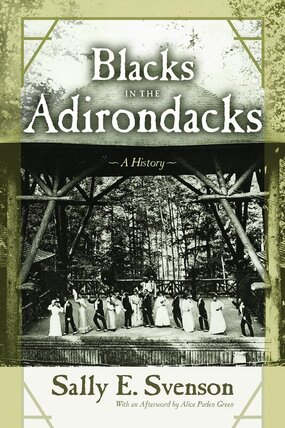 As we return to sharing local history, we want to highlight some resources that HSL staff are using to inform our discussions and research on Black history in the Saranac Lake area. Sally Svenson's 2017 book, Blacks in the Adirondacks, highlights untold stories of Black individuals throughout the area, including TB Patients coming to Saranac Lake. Her book can be purchased from our museum store, or you can check your local library for a copy! The Adirondack Explorer reviewed Svenson's book in 2017, if you want to learn more. Other resources for Black history in the region: -Online exhibits/educational resources from the Adirondack History Museum, including "Dreaming of Timbuctoo" and "On the Trail of John Brown: What Mary Brown Saw" -Fulton Fryar's Closet at Seagle Music Colony. The "closet" can be seen at the Adirondack Experience, The Museum on Blue Mountain Lake. -North Country Underground Railroad Historical Association. -John Brown Lives! Is there a resource we missed? Let us know in the comments. The Smithsonian National Museum of African American History and Culture's work includes an Oral History Initiative chronicling the stories of African American history. Visit their website to listen to some stories from the initiative, including the Civil Rights History Project. The Museum worked with the The Library of Congress over five years to record the voices of activists in the civil rights movement in the 1950s and 60s. Be sure to check out these important stories today!
Today we’re sharing this article from earlier this year, which offers an in-depth look at the work being done to preserve African-American historic sites. The article also addresses the complicated history of race and historic preservation.
“Since its founding, the N.H.P.A. has identified nearly two million locations worthy of preservation and has engaged tens of millions of Americans in the work of doing so. It has helped to generate an estimated two million jobs and more than a hundred billion dollars in private investments. But, because many biases were written into the criteria that determine how sites are selected, those benefits have gone mostly to white Americans. One of the criteria for preservation is architectural significance, meaning that modest buildings like slave cabins and tenement houses were long excluded from consideration. By the time preservationists took notice of structures like those, many lacked the physical integrity to merit protection. Destruction abetted decay, and some historically black neighborhoods were actively erased—deliberately targeted by arson in the years after Reconstruction or displaced in later decades by highway construction, gentrification, and urban renewal. While state and federal institutions were largely neglecting these areas, communities of color began protecting them on their own.” 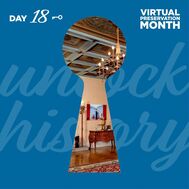 For our weekly Wednesday tour, we're sharing this interactive tour of Villa Lewaro in Irvington, New York. Villa Lewaro was home to Madam C.J. Walker, an American businesswoman, philanthropist, and activist. Walker made her fortune with a line of hair care products and cosmetics for black women, and was the first female self-made millionaire in America. This fascinating tour is narrated by Walker's great-great granddaughter, A'Lelia Bundles, and offers a rare behind-the-scenes view of this important property.Take the tour by clicking the button below! Thanks to the National Trust for Historic Preservation for sharing this tour as part of their Virtual Preservation Month series. To learn more about the National Trust's initiatives, including their African American Cultural Heritage Action Fund, visit their website: www.savingplaces.org |
About us
Stay up to date on all the news and happenings from Historic Saranac Lake at the Saranac Laboratory Museum! Archives
August 2022
Categories
All
|
Historic Saranac Lake at the Saranac Laboratory Museum
89 Church Street, Suite 2, Saranac Lake, New York 12983
(518) 891-4606 - [email protected]
89 Church Street, Suite 2, Saranac Lake, New York 12983
(518) 891-4606 - [email protected]

Historic Saranac Lake is funded in part by the New York State Council on the Arts with the support of the Office of the Governor and the New York State Legislature,
and an Essex County Arts Council Cultural Assistance Program Grant supported by the Essex County Board of Supervisors.
and an Essex County Arts Council Cultural Assistance Program Grant supported by the Essex County Board of Supervisors.
© 2023 Historic Saranac Lake. All Rights Reserved. Historic photographs from Historic Saranac Lake Collection, unless otherwise noted. Copy and reuse restrictions apply.
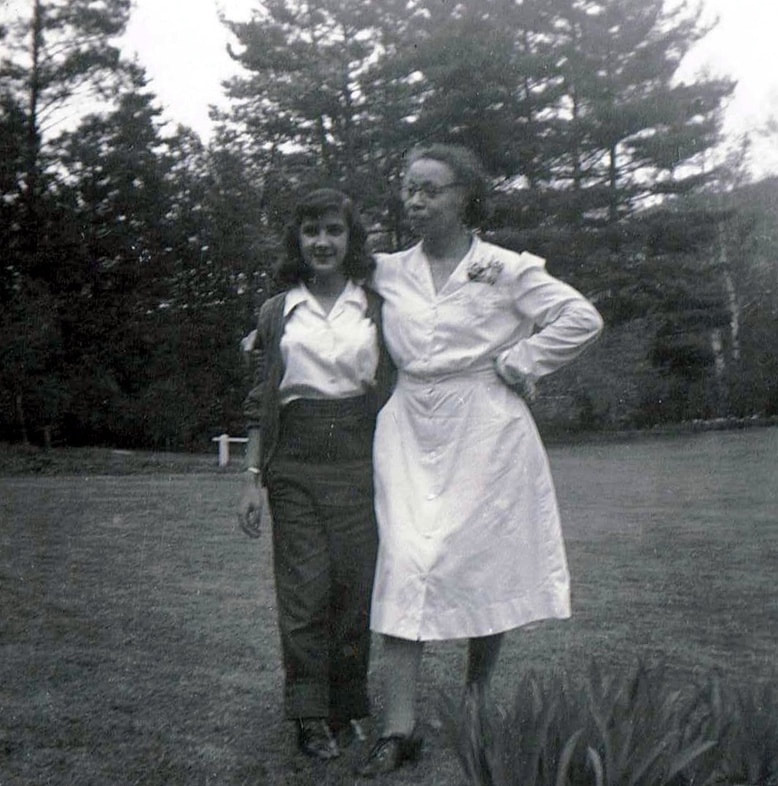
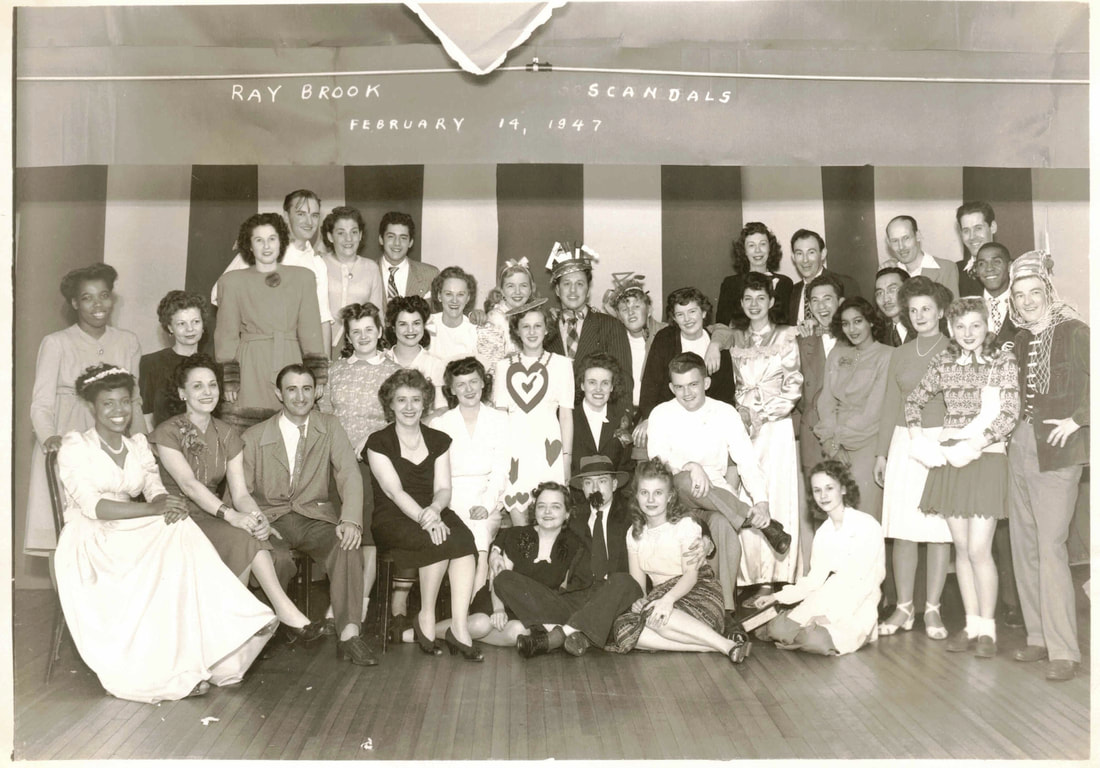
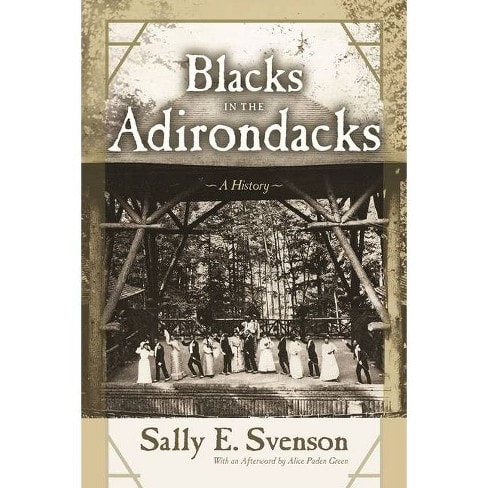
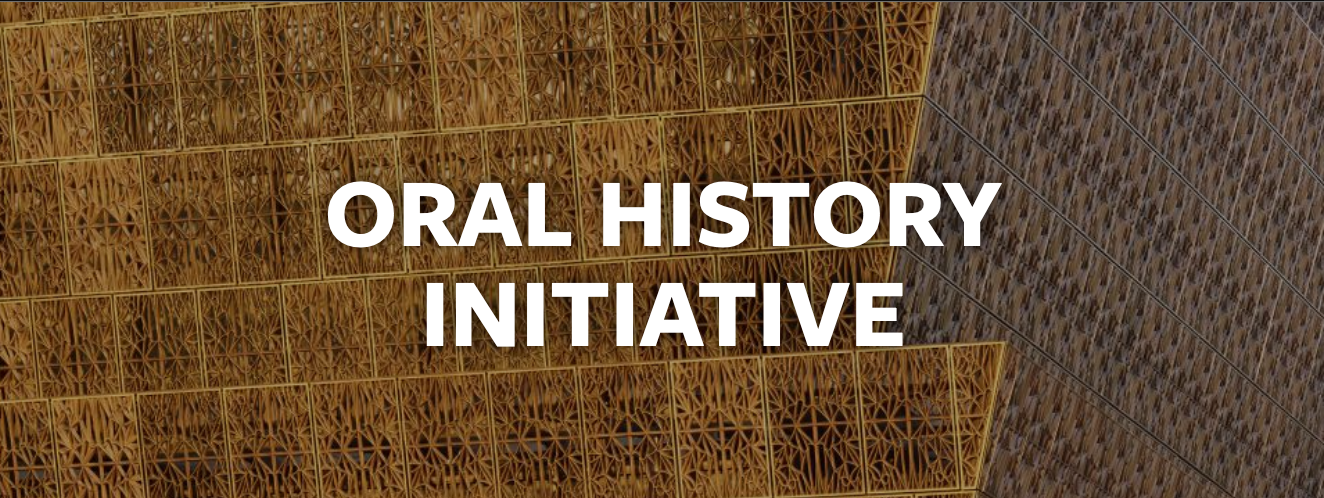
 RSS Feed
RSS Feed